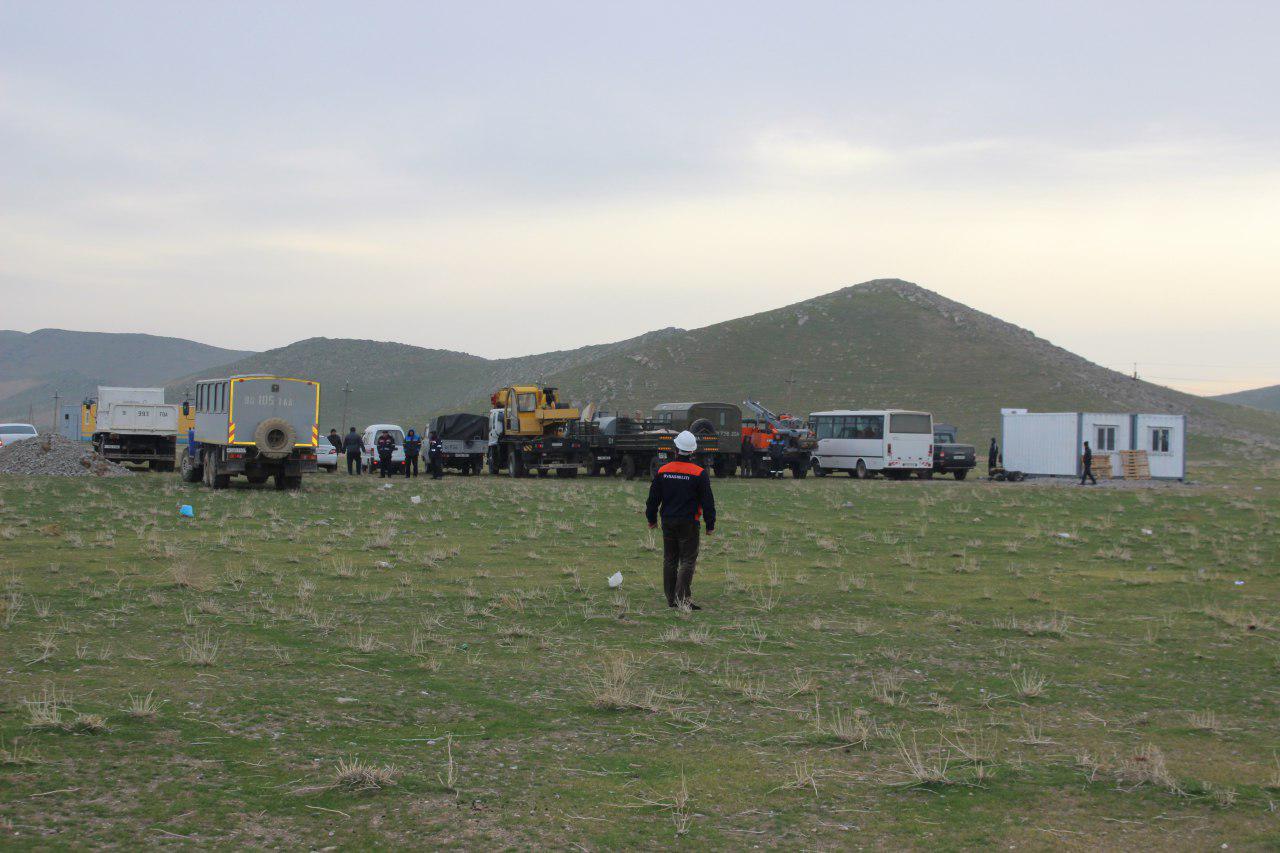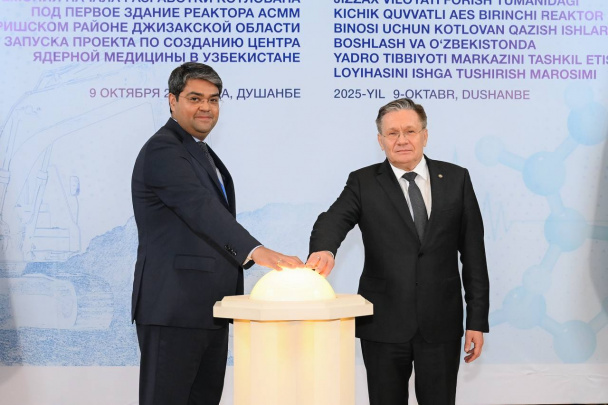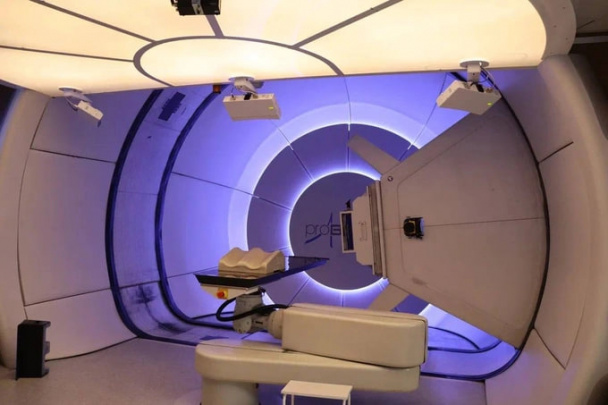Uzbekistan to create city for nuclear scientist in Farish district

Photo: Uzatom
Near the first nuclear power plant of Uzbekistan, the city of nuclear scientists, designed for 50,000 people, will be built, Kun.uz correspondent reports.
“After the completion of the NPP construction, 2,500 jobs for highly skilled personnel will be created. Basically it will be people from the region (Jizzakh). The city of nuclear scientists will be created. We have already begun to make calculations on the motor roads and railways,” the head of Uzatom Jurabek Mirzamakhmudov said.
According to the Director General of the institute UzGAShKLITI Yuldash Magrupov, each workplace at the station leads to the creation of seven more in other areas. Thus, 2,500 jobs at the NPP will create conditions for the emergence of another 17,500. Taking into account their families, about 50,000 people will live in the city of nuclear scientists.
According to Mirzamakhmudov, by the end of the year it is planned to sign the main contract with Rosatom in order to start building the external infrastructure and necessary facilities at a priority pace from next year.
“By the end of next year, we will finish the development of environmental impact assessment. Everyone should be calm that the project will meet environmental requirements. Only after that a license will be issued for the site itself and the NPP construction,” the head of Uzatom added.
The first NPP of Uzbekistan will consist of two VVER-1200 of the “3+” generation with a capacity of 1,200 MW each. The first power unit is scheduled to be commissioned until 2028, the second – by 2030. Then Uzbekistan will start building two more blocks. The site near Tuzkan Lake in the Farish district, Jizzakh region was selected as an optimal site for the NPP construction.
Construction of the first two nuclear power units of the Rosatom State Corporation will additionally introduce into the country’s energy balance 2,400 MW of electricity (21 billion kWh of capacity per year). According to various estimates, the station in 2030 will produce 14-18% of the total electricity.
Related News

15:35 / 20.12.2025
Japan to build 50 MW nuclear-powered data center in Uzbekistan

14:18 / 23.10.2025
Uzbekistan considers engaging Italy’s Ansaldo Energia in its first nuclear project

16:09 / 11.10.2025
Construction of Uzbekistan’s first nuclear power plant kicks off in Jizzakh

13:01 / 04.10.2025



